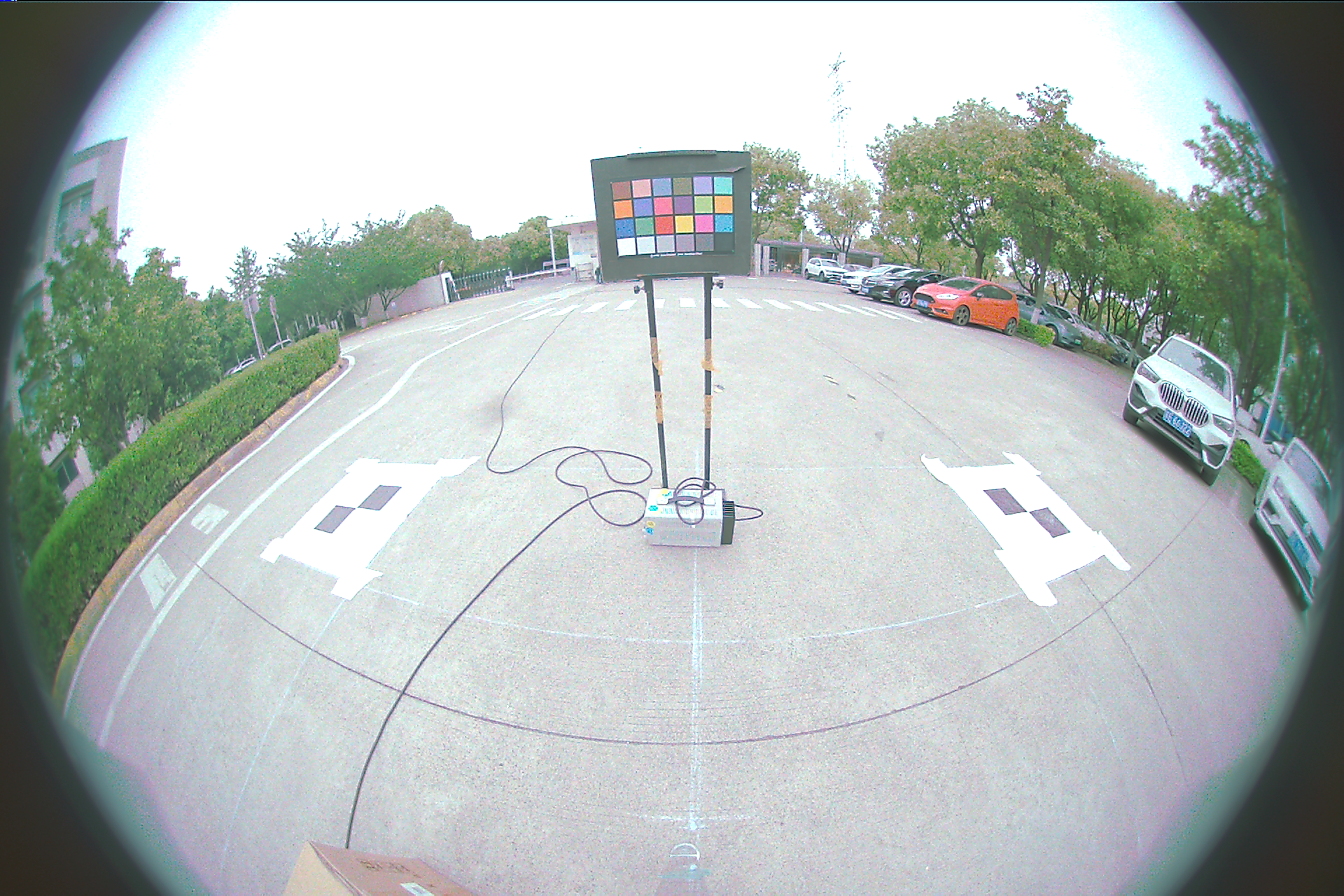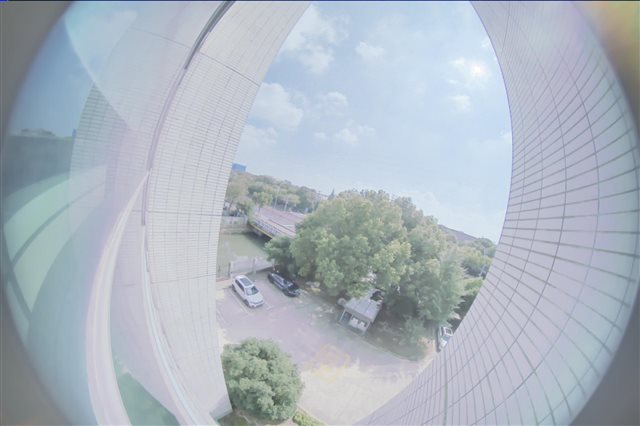Tool/software:
Hi,
I encountered some AE issues while tuning the ISP and would like to consult you.
1. My camera is x3c, and since its Decompanded Bit Width is 24, I have set the WDR Gamma to 50%. However, there is overexposure when there is sunlight outdoors, as shown in the figure below.

I attempted to debug the exposure and gain settings in the AE algorithm and found that both the exposure and gain were already at their minimum values. Therefore, I adjusted the WDR Gamma to 70%, resulting in a better performance, as shown below.
However, the issue is that in indoor environments, the image becomes darker. Although the AE algorithm attempts to increase the exposure and gain, the adjustment is insufficient, resulting in a persistently dim image.I can't balance the brightness between indoor and outdoor environments. Could the experts please offer some suggestions? Thanks!


